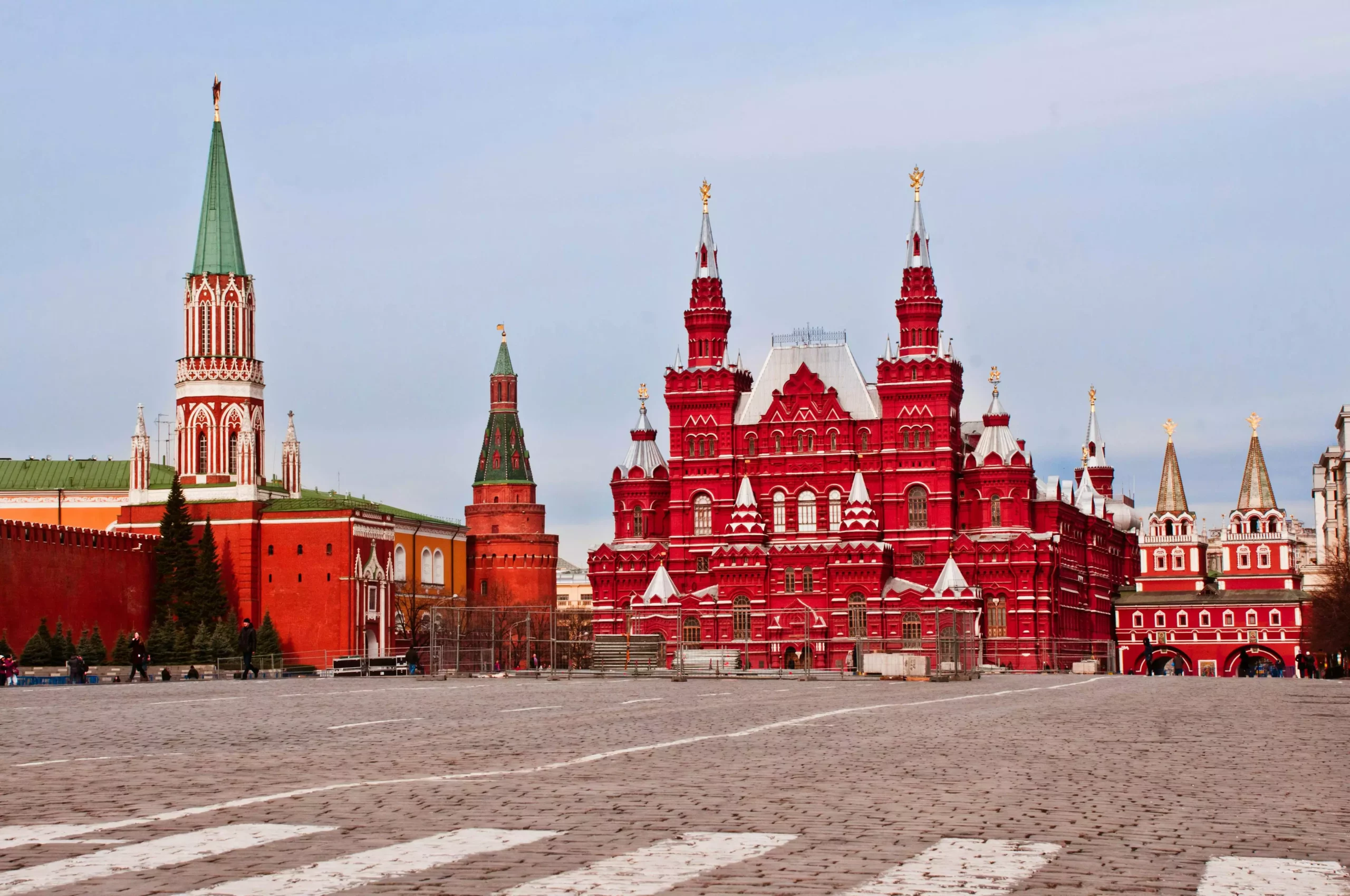In a remarkable development for the cryptocurrency landscape, Russia’s Moscow Exchange (MOEX) has taken a significant step by introducing Bitcoin futures contracts. This move is emblematic of a cautious yet strategic pivot towards the acceptance of digital currencies. The introduction of these contracts, which will track the BlackRock Bitcoin ETF—boasting an impressive $72 billion in assets—is a watershed moment for a nation that has historically maintained a hostile stance against the proliferation of cryptocurrencies. By facilitating Bitcoin trading in a controlled environment and focusing on qualified investors, Russia is cleverly navigating the complexities of cryptocurrency regulation.
The Intricacies of Futures Trading
The Bitcoin futures contracts on the MOEX will be priced in US dollars, adding a layer of familiarity for institutional traders accustomed to international commodities trading. However, settlements will be executed in Russian rubles, offering a protective cushion against foreign currency volatility that often plagues many emerging markets. Such a setup allows local investors to engage in global financial trends while retaining their capital within the national boundary.
While this arrangement may seem like a pragmatic solution, it does raise questions about the overall accessibility of cryptocurrency investments. The Bank of Russia’s stipulation that only “qualified investors” could trade on the MOEX means that the average citizen remains sidelined, while larger financial entities reap the benefits. This policy could be perceived as elitist, benefiting only a select few while limiting participation from the broader populace.
Controlled Risks and Unseen Consequences
The cautious approach taken by Russian authorities highlights a fundamental irony in the world of cryptocurrencies: the promise of decentralized finance juxtaposed with the need for regulatory oversight. In May 2025, the Bank of Russia approved crypto-linked derivatives but continues to discourage banks from engaging in direct cryptocurrency transactions. The message is clear: while the authorities acknowledge the profitability that can arise from digital assets, they are also painfully aware of the risks involved.
By limiting who can play with these digital assets, authorities are attempting to insulate themselves from the chaotic nature of cryptocurrency trading that has captured the attention of many nations. However, one must question whether this restraint might ultimately stifle innovation. Will the need for regulation and deposit insurance for investors inadvertently create a stifling environment for growth? In an age where nimble startups are leading the way in fintech, Russia’s structured approach could leave it lagging behind in a rapidly evolving sector.
A Middle Ground: Are We Missing the Bigger Picture?
One can admire the Moscow Exchange’s strategic pathway to becoming a player in the international cryptocurrency arena, as it embraces the burgeoning interest without fully immersing itself in the volatility of direct crypto transactions. This could represent a smart compromise for a nation still grappling with its historical relationship with market freedom. Yet it begs the question: is this merely a half-step into the unknown, or is it a well-calibrated strategy tailored to appease both market forces and cautious regulators?
The bank’s simultaneous endorsement of Sberbank’s plans to offer structured bonds tied to Bitcoin’s performance further complicates the picture. By allowing these appetite-satiating products that don’t require direct ownership of cryptocurrency wallets, the central bank is engaging with digital assets while still tethering transactions to the safety of traditional banking nuances. The appeal of such products will likely grow among the public, but it can create a false sense of security while stifling broader participation in the evolving crypto economy.
The Road Ahead: A Cautious Embrace for Future Generations
As Russia tiptoes into the world of Bitcoin futures with one foot reluctant to leap, we are confronted with the underlying contradictions of crypto adoption in a controlled system. For those appealing to a center-right liberal stance, this careful calibration of risks is not only necessary but commendable. Protecting your assets while flirting with innovation can be a balancing act that could lead to sustainable growth.
Nonetheless, we must not shy away from evaluating the implications of such regulatory frameworks. The selective access currently imposed may eventually hinder broader cryptocurrency adoption, potentially locking out future innovators and individual investors who wish to participate in the digital economy. As other nations forge ahead with more liberal market approaches, the paradox of stability versus opportunity may soon present itself anew in the Russian context. This is a fascinating chapter unfolding, one with the potential for profound impact—not just economically, but socially as well.


Leave a Reply